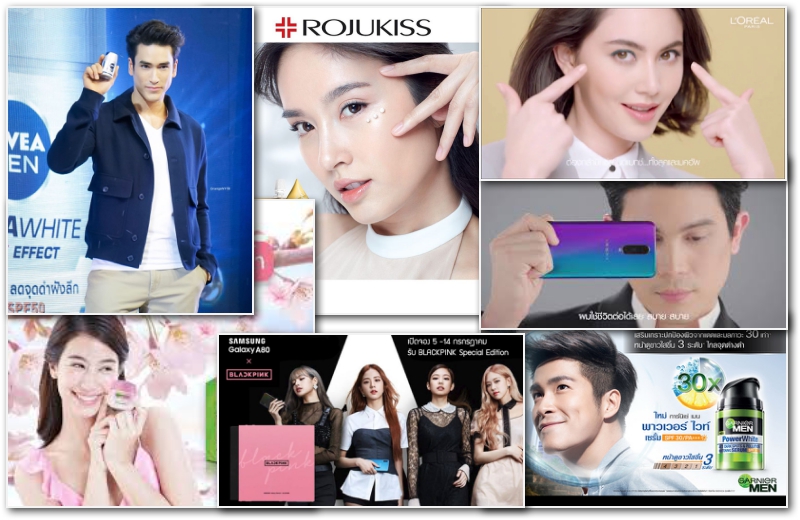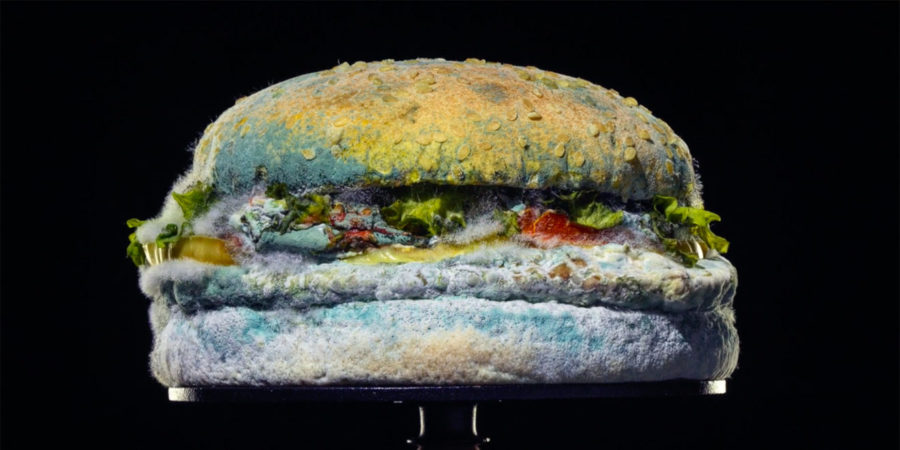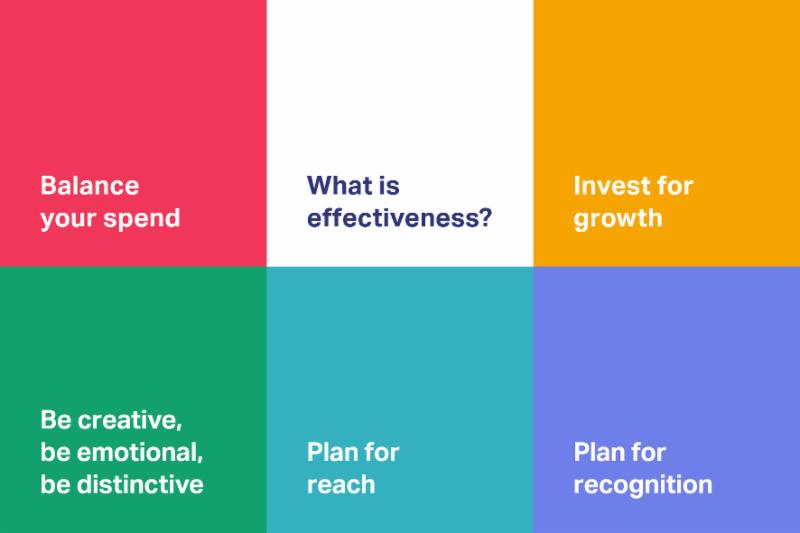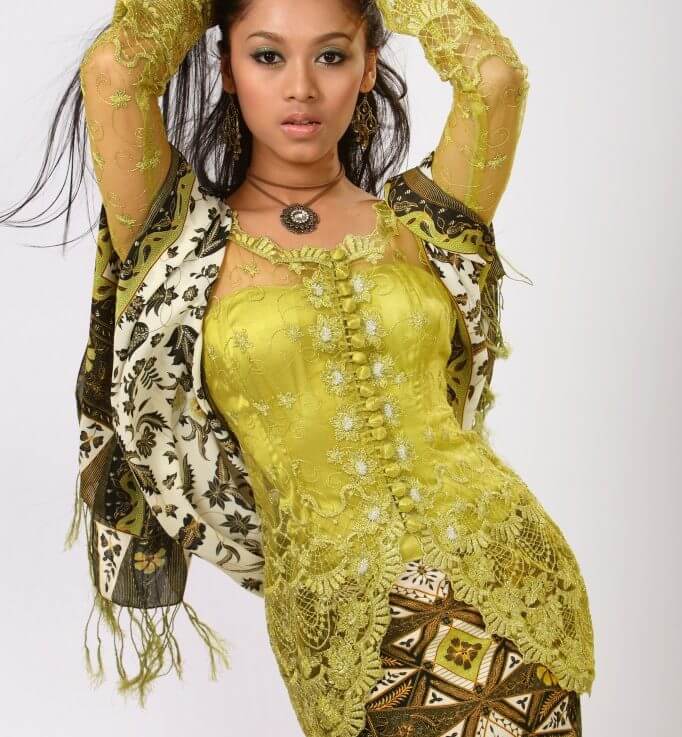What is the value and impact of using celebrities in advertising? Let’s understand the context of beauty motivations, before looking at reactions to four examples of brand advertising which use celebrities.
In quantitative data collected by TapestryWorks around one year ago, we measured the different motivations around beauty using visual card sorts, asking the question “Please choose three images that best represent the beauty you desire for yourself”. The data were collected through an online survey of more than 1,200 women across four countries, including Australia, UK, Thailand and Indonesia, which will be our focus.
There is much in common across the four countries, although cultural differences are also apparent between Asian and Western cultures. Overall, Indonesian women are most motivated to feel confidence, hope and enjoyment, but at least three other motivations are also at play. Why are there so many and what does this mean?
Looking in more detail at the different motivations at play on different occasions may help explain. Last year TapestryWorks also looked at the emotional journey of beauty routines in the morning, daytime, evening and also on special occasions, collecting emotional associations before, during and after women’s routines on those occasions (in collaboration with ABN Impact’s Jakarta Beauty insight community). I will focus on their feelings after, which best reflect the end goals.
In the morning, women want to energize their day and capture their unique beauty. During the day, the goal is fun, and is more driven by taking a break from work or other routines than by beauty itself. In the evening, the main motivation is to reconnect with loved ones. On special occasions, the end goal of beauty routines is confidence and charisma.
In summary, daily routines all reflect goals of self-expression and are more natural, whereas formal occasions require a greater need for control and are more serious. Let’s look at some adverts and see if these motivations are in play. I will start with the less positively received and finish with the more positively received (in terms of the balance of sentiment expressed in picture choices).
The first advert is a very short one from L’Oreal (part of a series of ads) called La Vie En Rose and featuring Maudy Ayunda (watch it here). It was associated with feelings of Charisma and Creativity but was also seen as Serious (Scientific) and Boring. These associations are more consistent with formal occasions than with everyday beauty, and driven by both the tone of the ad as well as the star.
On one hand, the advert was seen as classy, and “Maudy is beautiful, sexy and elegant, fitting with the brand”. On the other hand, many didn’t like the seriousness, saying “I don’t like the model because she is not smiling much”. Most saw the advert as in line with their perceptions of the L’Oreal brand, although some saw L’Oreal as a brand for older women as well as being exclusive and premium.
The second ad is from Garnier featuring Chelsea Islan in Start Now (watch it here). This ad was most strongly associated with feeling Individual, Charismatic and Expert, combining elements of formal and daytime associations. The “spirit of youth” in the words of one community member, comes from the setting (outdoor associations even though inside) and the ad’s lively tone.
Chelsea Islan is associated with being “smart” and also charismatic, and the storyline of the ad focuses on her as a celebrity. As one member said, “Chelsea Islan is really beautiful, active, young, feminine but not really familiar”.
The third ad was for Wardah Lip Cream with Sandra Dewi and Rahline Syah (watch it here). It was associated with feelings of Fun, Enjoyment and Care (related to harmony), but was also seen as slightly Selfish (that is, pampering yourself rather than looking after others). All of these are feelings that reflect interdependence rather than independence, so creating a very different kind of connection with the audience (and with no associations with charisma).
One lady said, “The models are giving an impression to be cheerful, spirited and colourful. They have different culture and fashion but complement each other”. Having the two celebrities together creates an impression that the product is universal, because of their different backgrounds, ages and physical characteristics.
The fourth and final ad to be tested was for Sari Ayu with Chelsea Olivia and set around a Hiking trip (watch it here). Again, the associations with this ad were more focused on interdependence rather than independence, marking out a clear difference between the two local brands from the two international brands whose ads were tested. Hiking was seen as Funny, Caring and Individual, reflecting the outdoor and group themes, and linked to morning and daytime beauty associations.
Chelsea Olivia was a popular talent, described as “really suitable because she still looks energetic and can expand the market because Sari Ayu is for older women” and “always looks beautiful and cheerful”. Some commented on Chelsea’s white skin and whether this was relevant for their own beauty requirements.
What can we learn about using celebrities? We also asked community members their general opinions of celebrities and vloggers and their influence on their own beauty buying habits. They all want to see celebrities in advertising, as it makes it easier for them to talk with their friends about brands and products.
However, fame is also a shortcut for them to know the relevance of new products. Because of their fame, women know the physical characteristics of celebrities to help them understand whether products are relevant to their own needs and aspirations.
Overall, the conclusion is that popularity is important, but relevance and relatability are even more important. Using celebrities in an integrated and relevant storyline works much better than using celebrities as endorsers. Before choosing a celebrity as a brand ambassador, ask yourself three questions:
- Are they relevant to the message and the brand?
- Do the target audience identify with them?
- What do they contribute to the emotional story?
[This is a written version of my presentation for Qual360 in Singapore on 11 October. You can access the slides here.]






